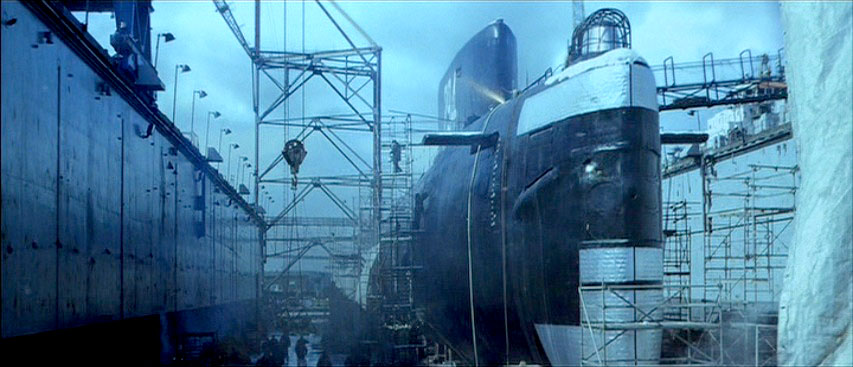Michael Novotny

And there are specific scenes that I’m working out right now. Right now we’re doing this very high tech, high risk laboratory that’s developing viruses that could end all mankind. And what do you do when you open that cleanroom door? You’re retinally scanned and you walk inside. What do you do then? Well, the script says you walk in, you extract some virus samples from a safe and then you go in another cleanroom. But what’s going on in the cleanroom? You’re taking viral samples from what to what? What do you do? Oh, you’re probably using human growth hormone. You’re probably using human growth cells. You’re probably transferring with a pipette from one element to another. You’re probably analyzing things. Well, what would be visual? Maybe a screen. What’s on that screen? Maybe some electron micrographs of viruses. What kind of graphic readouts would be there? Maybe there are temperatures. Maybe there are angstrom units of measurement. Blah, blah, blah, blah. The point is you should know what the process is. That’s the story. What’s the story between the words that has a visual counterpart?
That designer better get that stuff together because that actor’s going to walk in there and ask, What am I going to do next? And the director’s going to turn around and look to the production designer say, Gee, what should be on that table?
Take a look at the script. It’s got certain story beats in it- how are you going to push that along? The closer you can get to telling that story, the closer you can get to your production design making some real, pertinent statement.
AS: Does it involve a lot of research on your part?
MN: Yes. And thank God there’s Google now because it’s great. Now everybody’s a genius. There are iPhone geniuses in the van. You know I refuse to do it within five minutes of a conversation. There’s such an amazing access to information now and it’s fantastic. The other thing you can do is take that information that you’ve done a cursory scan of and give that information to somebody who really does that job. You can become a genius very quickly.
AS: Like someone in that specific field?
MN: Absolutely. Like with Jim we went to JPL all the time when we were doing the Destination Mars script. We flew to Houston. We went to NASA. We stayed there for days. We went into the greenhouses where they grew cultivars of projected plants to be grown on Mars. We talked with people who were developing the latest forms of thrust. We went into the wet labs where they’re underwater and weightless and working on the tools that are needed for outside the ship and so forth. We had subcontractors up from San Diego who were working on habitats. There’s a whole area of reality out there that you should tap into as a production designer.
As Jim says, Why are we using the rover? Because it’s a car. Why is it a car? Because it looks cool. And that’s the bottom line. You have to take all of that and make it look cool. You have to make it look interesting. And there’s a fine line in there. Between really cool and hokey.
Pingback: Daniel Novotny
I worked with Michael on Jaws 3D as a specialty carpenter, and I remember him as a wonderful and creative man. It was a pleasure and we all talked about how cool it would have been to all be working on something important!
Hi Zev- you’ll be happy to hear that during the interview I could tell Michael was still a genuinely awesome and creative guy! And as you may have read, his son Dan is also an accomplished designer…